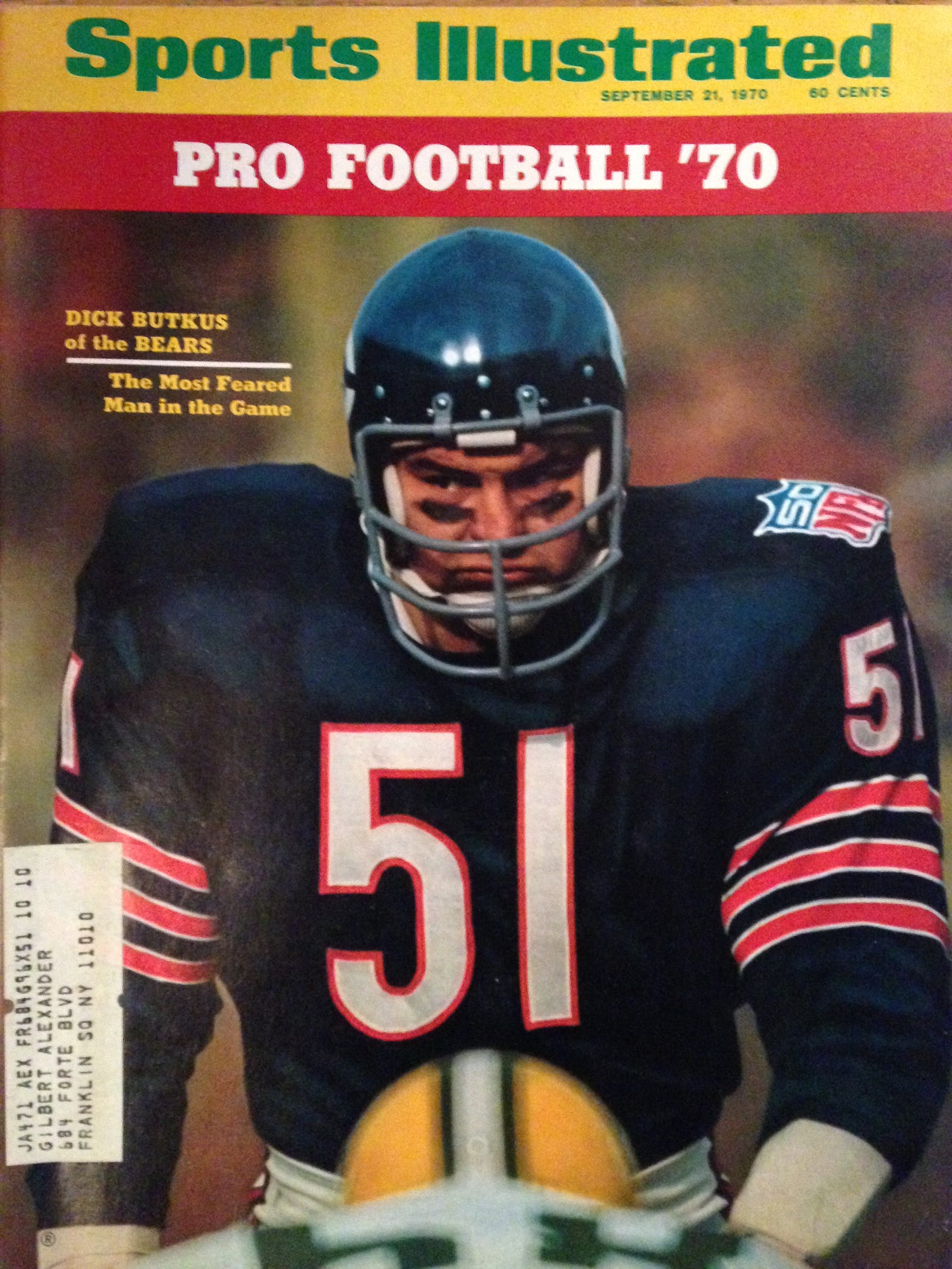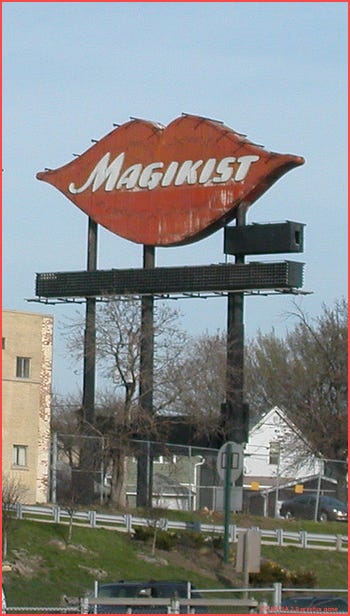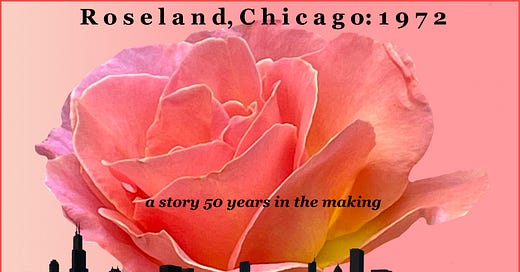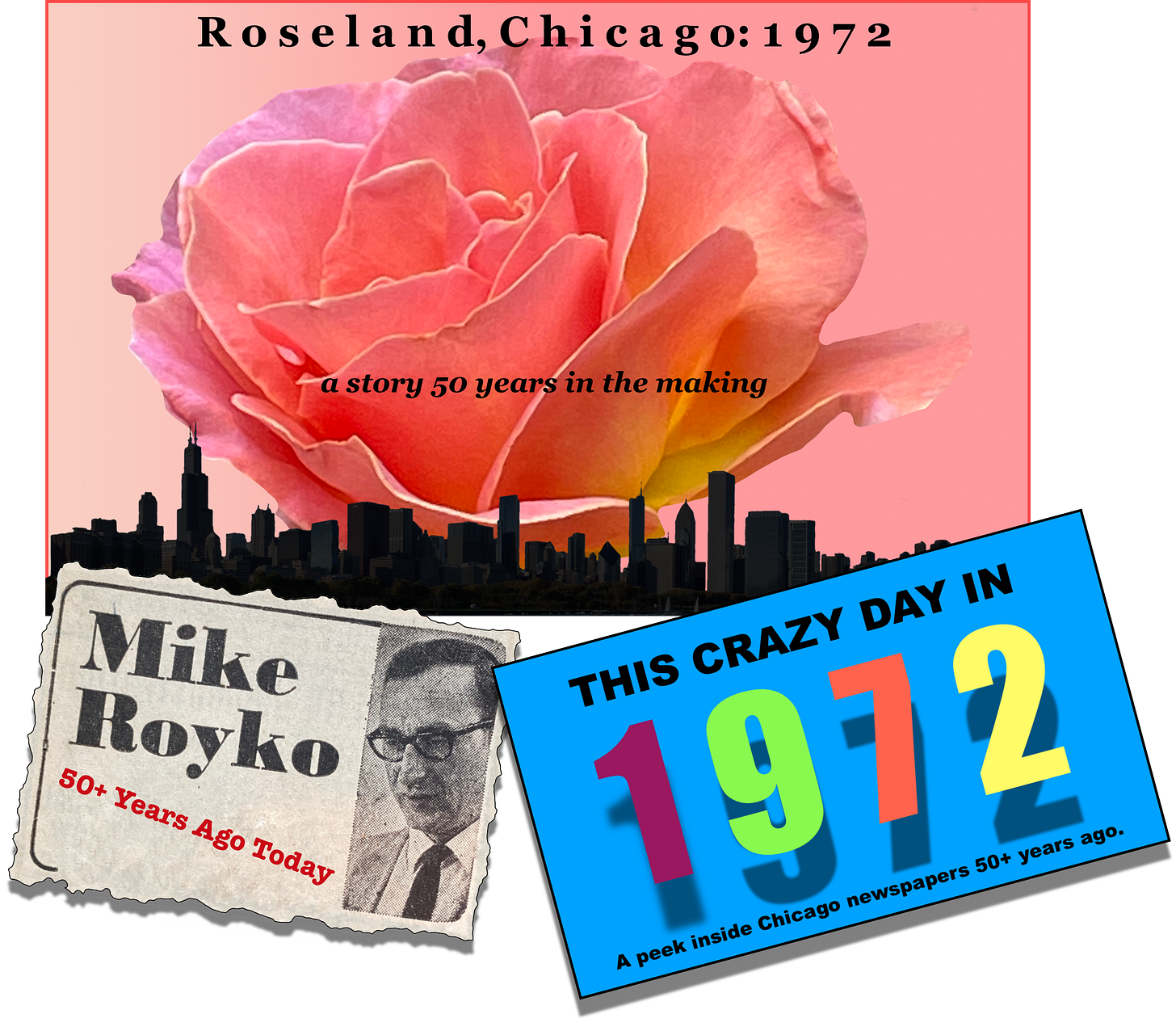Roseland, Chicago: 1972 is the story of Steve Bertolucci, a 10-year-old Roselander in 1972, and what becomes of him.
Besides serialized chapters of Steve’s story, this site includes more sections for a multi-faceted way to experience Steve’s 1972 world: THIS CRAZY DAY IN 1972, Mike Royko 50 Years Ago Today, and Chapter NOTES. Click here for those details. Since many posts ended up diving down Chicago history rabbit holes to explain obscure people, places or events, there’s now also a section for the Chicago History Rabbit’s burrow.
If you’d like to dive right into the book, click here for the first chapter. Anytime you want the home page—with contents at the top for each section—click on the little rose icon in the upper left, or here.
Who am I? Call me TBD for the purposes of Steve’s story. Otherwise, I’m Cate Plys, former Chicago reporter and columnist for the Reader, Sun-Times and Tribune.
Roseland is a storied neighborhood on the South Side of Chicago. Roselanders have always come from modest means, the kind of people who know both work and family are usually hard. Three famous native Roselanders are Elliot Ness, Dick Butkus, and Robert Zemeckis. (Hint: The Untouchables, the Bears, Back to the Future.)
Chicago is the third largest city in the United States, having lost second place to Los Angeles in 1984. Chicago doesn’t really believe that. Here, Sears Tower is still the tallest building in the world. What’s that? Willis Tower? Never heard of it.
1972 was a strange, bitter, wonderful year—for Steve, and probably anyone alive at the time. President Richard Nixon was strange enough to start with, and then he shocked everyone by going to China. Worldwide, 58 planes got skyjacked—28 from U.S. airlines—and 14 people got killed in the process. The Vietnam War turned 26, more than old enough drink, vote, marry and have children—which thousands of people never had a chance to do because of the Vietnam War.* Congress sent the Equal Rights Amendment out to the states so people could debate whether women should be full legal human beings, and some women were among the loudest voices yelling “No.”
* Dating from the start of hostilities between the French and Viet Minh.
Kwai Chang Caine strode wisely through TV’s Wild West on Kung Fu. Ms. Magazine hit the newsstands. The Godfather exploded through local theaters, and the December cover of MAD Magazine featured a Corleone family wedding picture with Alfred E. Neuman as the ring bearer, holding a big black gun on a white satin pillow.
Peter Buxtun, a 27-year-old U.S. Public Health Service worker, blew the whistle on the infamous Tuskegee Study by leaking the story to the Associated Press. Legendary halfback Gale Sayers retired from the Chicago Bears and football, after a disastrous comeback performance in a preseason game. A fan wrote to the Bears asking for a team photo and got back an 8 x 10 glossy of Dick Butkus, which may or may not have been a deliberate commentary on the state of the club.

The White Sox signed Dick Allen. That statement should be enough, but for non-baseball fans, we’ll add that many people feel Dick Allen saved the Sox for Chicago, and more specifically, for the South Side.
Giant corporation Miller Brewing bought beloved local beer Meister Brau, then closed local operations—leaving Chicago without a single brewery.
On May 6, a Dolly Madison delivery truck swerved out of its lane on the Dan Ryan Expressway and crashed against a guard rail because the driver was trying to read the electronic message below the 80-foot wide red neon Magikist Lips sign at 85th Street.

A 9-year-old girl was hit by napalm and tore off her burning clothes as she ran screaming down a road from her South Vietnamese village, after it was bombed by South Vietnamese planes trying to drive out occupying North Vietnamese forces. American combat troops left Vietnam by the end of November, though the heaviest U.S bombing campaign of the entire war began in late December and drew condemnations from world leaders, including the Pope. It was called the “Christmas bombing.”
Please note that no sensitivity reader has pored over this “About” section, the chapters to come, or any other feature on this site. Enter at your own risk. If you believe no one should ever read about words, ideas or events that are ugly and disturbing, then 1972 is no place for you. Neither is any other year with which I am familiar.
Subscribers receive new chapters emailed to their inboxes, plus THIS CRAZY DAY IN 1972,Mike Royko 50+ Years Ago Today, Chicago History Rabbit Holes, and special chapters such as “Chicago Newspapers Circa 1972”.
Due to server constraints, many posts will be too long for email and will get cut off. You’re best off clicking on the post title at the top of the email, and read on the web or Substack app. Most book chapters will be split into several posts. Chapter endings are signified with a small rose like this:
Steve's story is free. Take a peek at Chapter One: A Good Life Ruined and Chapter Two: The Conference Room Windows, to see more of what you’d be getting into. Chapter One is a brief overview with some housekeeping details. Chapter Two begins Steve’s story.
Look at the top of the Home Page for the contents page of each section. The most recent chapters/posts are at the top of each contents page. To read Steve’s story, click on “The Book.”
Now, what about those other sections
As we mentioned at the top, Roseland, Chicago: 1972 is constructed as a multifaceted experience to immerse readers in Steve’s 1972 world. To that end, Steve’s story is augmented by three sections: THIS CRAZY DAY IN 1972, Mike Royko 50+ Years Ago Today, and Chapter NOTES. Access the contents page of each section at the top of the Home page. Of course, you can also read these sections and ignore Steve’s story entirely—that’s up to you.
Here’s a recap of each.
TCD1972
A peek inside Chicago newspapers 50+ years ago today. Each post covers a week.
Why? Because 1972 is part of the ancient times when everybody read a newspaper, even kids. Ten-year-old Steve paged through the newspaper just to have something to do. We clip and present stories from the five daily newspapers of the time—the Chicago Daily News, Chicago Tribune, Chicago Sun-Times, Chicago Today, and the Chicago Daily Defender.
These are the news stories—and to a great extent, this then is the reality—that Steve and everyone he knew were steeped in. Dip a toe into 1972…at your own risk.
If you’re joining us late, you might want to start with the first TCD1972 post, and let the year unspool as a novel in itself as 1972’s Chicago characters begin splashing across the front pages. Right now, we haven’t quite finished documenting the entire year. After a first trip through each week of 1972, in which the most crucial events of the year are covered, we’ll start over with weekly addendums of entertaining ephemera that got elbowed out the first time around by politics and crime.
Mike Royko 50+ Years Ago Today
Steve’s family subscribed to the Chicago Daily News. And if you read the Daily News, you read Mike Royko. Mike Royko was…is…Chicago. That doesn’t mean Mike Royko was/is the only Chicago. There were/are too many ethnic and racial communities in Chicago to be entirely represented by a single person, like any major metropolitan area.
Most obviously, the Chicago newspapers of 1972 were just beginning to cover and include Chicago’s Black community. Mike’s two most prominent Black counterparts wrote weekly op-ed columns—Lu Palmer in the Daily News, and Vernon Jarrett in the Tribune. We’ll include Palmer and Jarrett as often as possible in THIS CRAZY DAY IN 1972.
During the initial blitz through 1972, we focus most on Lu Palmer as we draw more from the Daily News than the Trib. The Tribune digitized its archives long ago, so Tribune stories and writers have been accessible for decades. Sadly, most people have no digital access to the Daily News, Sun-Times or Chicago Today, so we’ll first give priority to excavating those stories and columns, which almost no one has read for 50+ years.
That said: Mike Royko dominated the Chicago newspaper landscape in a way that can’t be overstated, and uniquely in the city’s history. His nearly daily column in the Daily News meant vast numbers of Chicagoans of every background checked their reality with Mike five days a week. Wade into Mike in this feature. We’ll provide a short synopsis, great quotes, and political/historical context on every column, 50+ years ago today. After finishing 1972, we’ll do select columns from other years too.
Chapter NOTES
Oh, there is so much lost to time already from 1972 and before. If you were born even after 1980, you could use an additional guide through the year, like Virgil escorting Dante through hell. Yes, 1972 can be pretty hellish. Notes are not numbered in the book chapters. Items of interest simply appear in each chapter’s Notes in the same order as in the story. Some larger topics get their own Optional History Chapter, such as the Wrigley Building, an overview of Chicago before it was Chicago, and a closer look at Chicago Newspapers Circa 1972.
Fall Down a Chicago History Rabbit Hole
Watch your step! The Chicago History Rabbit dives into holes at the most unexpected times. Here, I’m slowly gathering rabbit holes that opened up in posts from TCD1972 or a Mike Royko column, such as Who the #$@!% is Eddie Foy?, and adding new topics like Who is Chicago’s First Convicted Alderman and The Shoreland: Life, Death, Tragedy and Money at the “The World’s Finest Residential Hotel.”
Enjoy your time in 1972. It’s easier to appreciate when you can get out any time you want to.
SUBSCRIBE
If you’re not immediately repelled, why not subscribe? It’s free, after all.
And why not SHARE?
Maybe you know someone else who would enjoy reading about a ten-year-old Italian-American kid on the South Side of Chicago in 1972. Didn’t your parents teach you to share?















I went through basic in 1967 and served until ’71, but luckily never was shipped to Nam. My unfulfilled bucket list item is to go to Texas and piss on LBJ’s grave.
Wiki says that the Vietnam War started in 1955. That made it 19 years old in 1972, not 25.